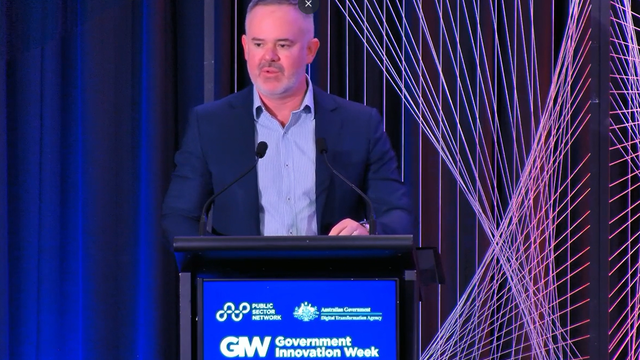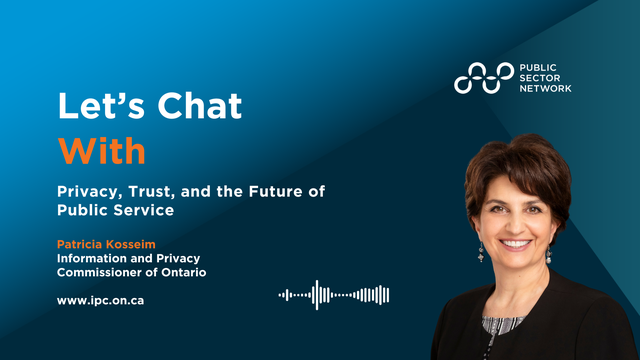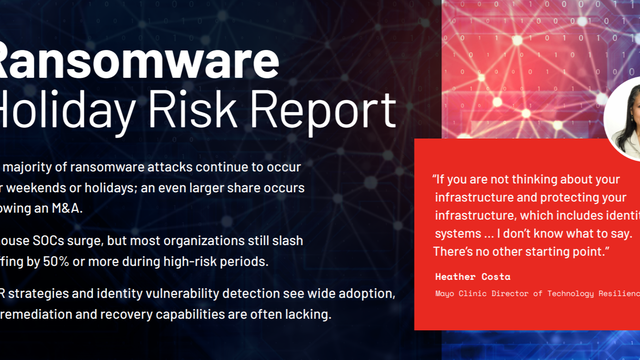
Ken Klasson, Executive Chief Operating Officer, Shared Administrative Services (Corporate Services), Shared Health
Shared Health Manitoba developed a Digital Shared Services (DSS) administration program to modernise and centralise healthcare service delivery across the province. This initiative aimed to streamline operations, enhance patient and provider experiences, and ensure coordinated, accessible healthcare through digital transformation.
Quick Facts
SharedHealth provides services for Manitoba’s five regional health authorities and Manitoba’s cancer authority.
Program: Digital Shared Services administration program
Employs: Over 18,000 people
Provides: Provincial planning, health services and operational support, including:
- Human Resources Shared Services
- Digital Shared Services
- Clinical Engineering
- Supply Chain Management
- Francophone Health
- Capital Planning
- And more
For more information, visit: https://sharedhealthmb.ca/
Vision
The program's main objective was to create a unified digital services model that would simplify processes, improve service delivery efficiency, and allow patients and providers seamless access to healthcare resources. By addressing gaps in digital infrastructure, Shared Health Manitoba aimed to build a more integrated and responsive healthcare system.
Solutions
Shared Health implemented several solutions based on feedback:
Developing a Digital Roadmap: Shared Health introduced a 3-5 year technology roadmap focused on modernising digital services, improving data accessibility, and digitising workflows to replace outdated, manual processes.
Voice of the Customer Engagement: By gathering insights from patients and healthcare providers, Shared Health identified crucial needs, such as an integrated Electronic Health Record (EHR) system, improved connectivity, and advanced scheduling tools.
Establishing a Governance Model: A robust governance framework was set up to oversee clinical priorities, manage changes, and ensure digital tools were effectively implemented to meet healthcare standards and patient needs.
Technology Upgrades: Shared Health invested in new systems to replace legacy technology, enhance data analytics, and strengthen digital infrastructure in rural and urban settings.
Impact
The DSS administration program led to notable improvements:
Enhanced Patient Access and Care Coordination: Patients now benefit from a unified portal that provides easy access to healthcare information, reduces wait times, and enables remote care options.
Increased Efficiency for Providers: Digital workflows and automated data-sharing reduced manual tasks, improved scheduling, and provided real-time access to accurate patient information.
Improved Technology Integration: Updated infrastructure allowed Shared Health to better support rural areas and offer virtual consultations, ultimately enhancing healthcare accessibility and consistency.
Future Steps
Shared Health plans to build on this foundation by:
Expanding Digital Access: Introducing a province-wide EHR and other digital tools to ensure seamless information sharing across healthcare providers.
Continuous Feedback: Regular engagement with patients and providers to refine services and address emerging needs.
Strengthening Analytics and Reporting: Enhancing data analytics capabilities to make more informed decisions that improve patient care and operational efficiency.

































